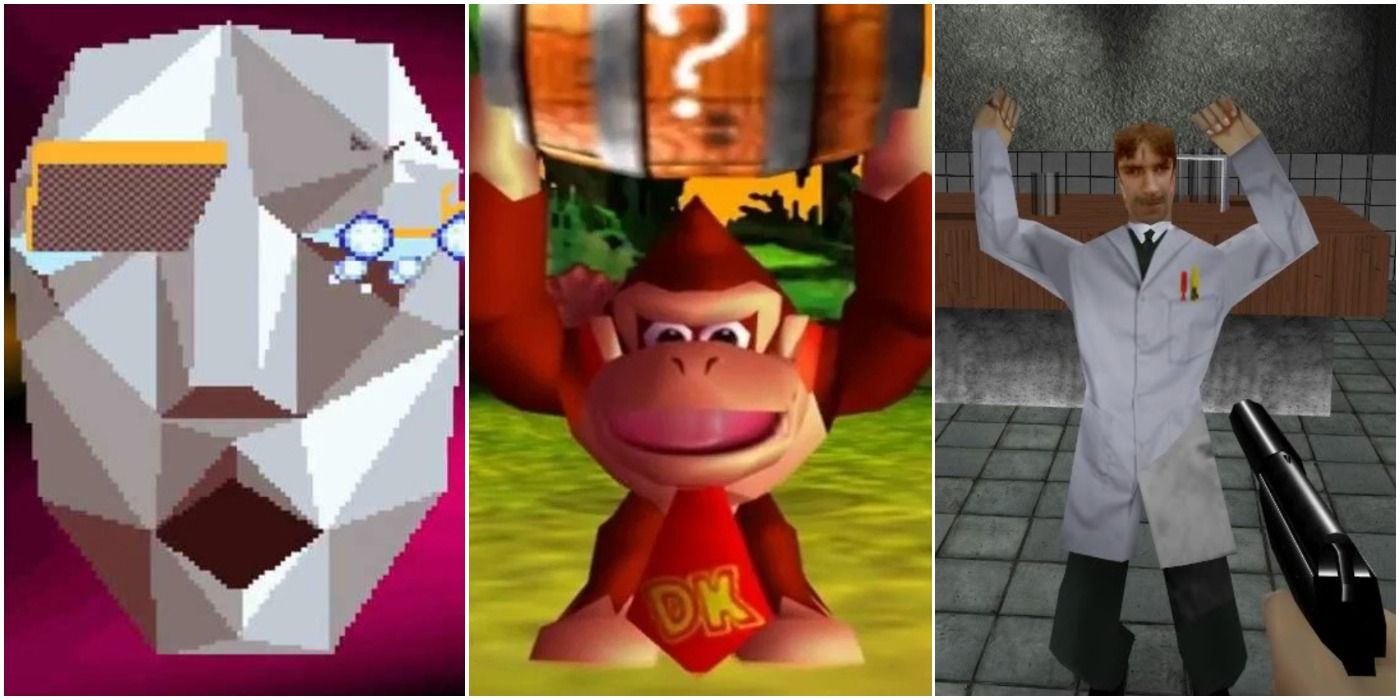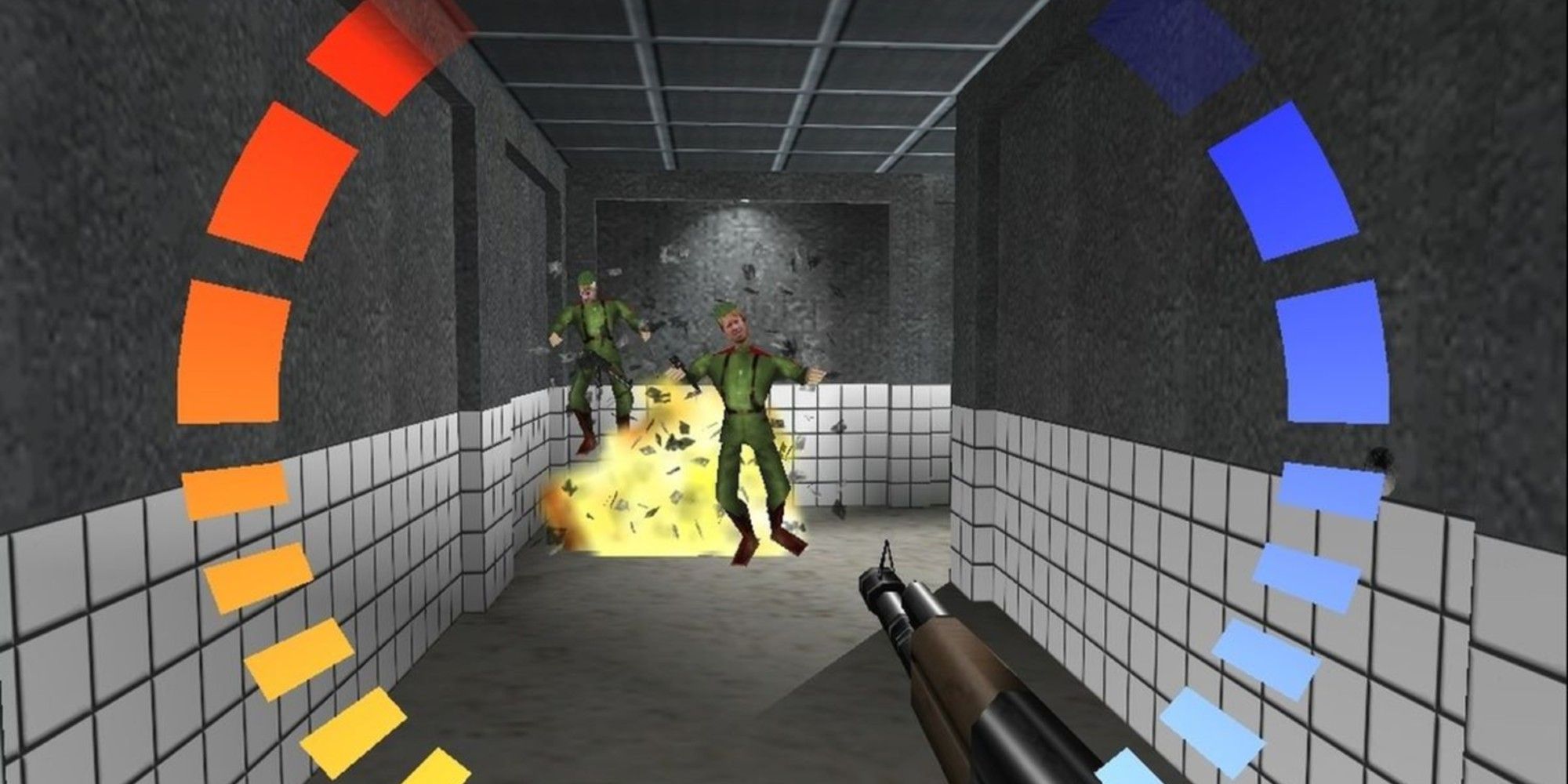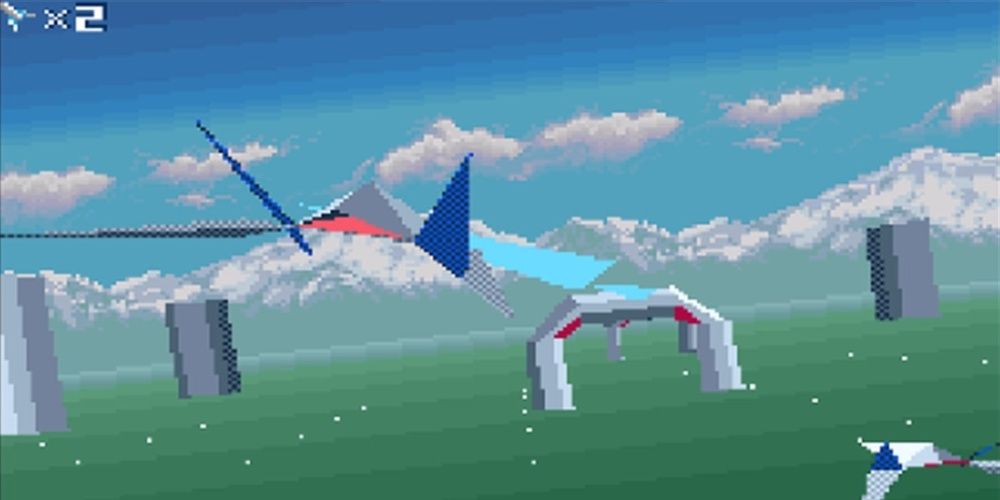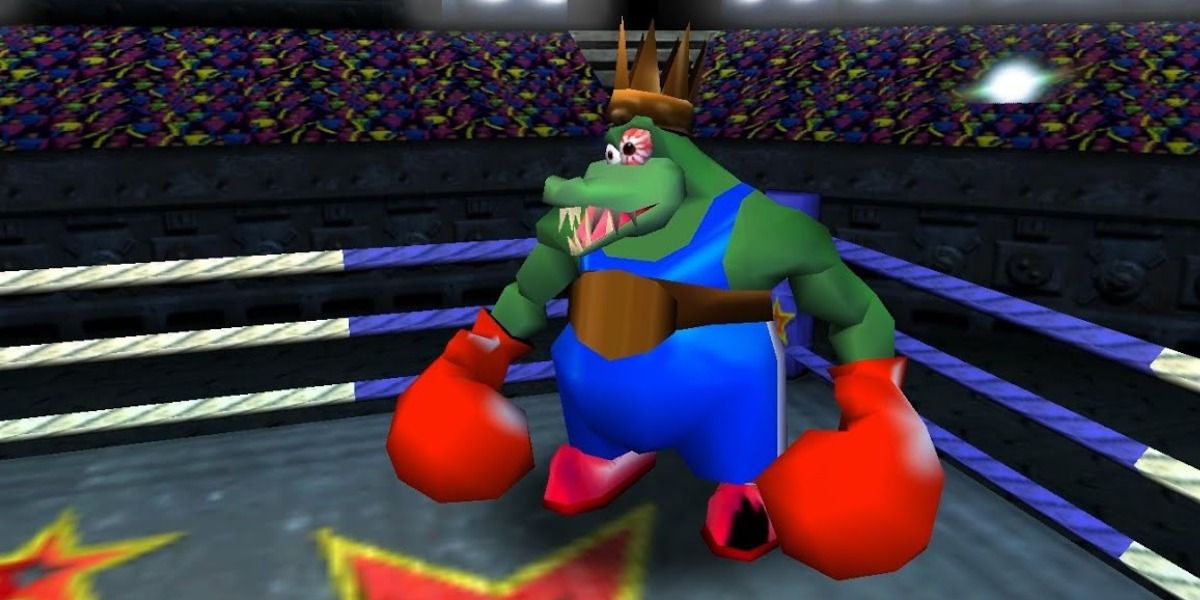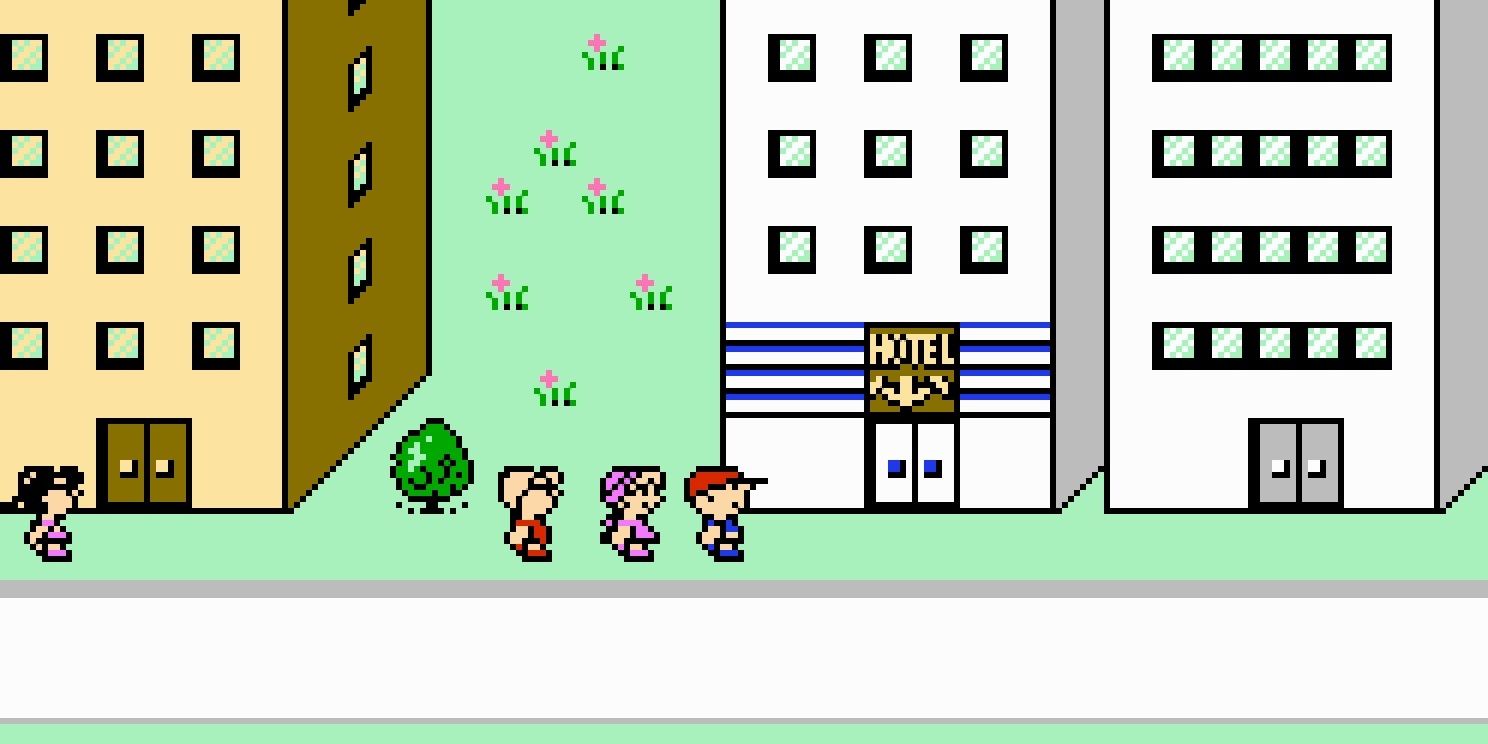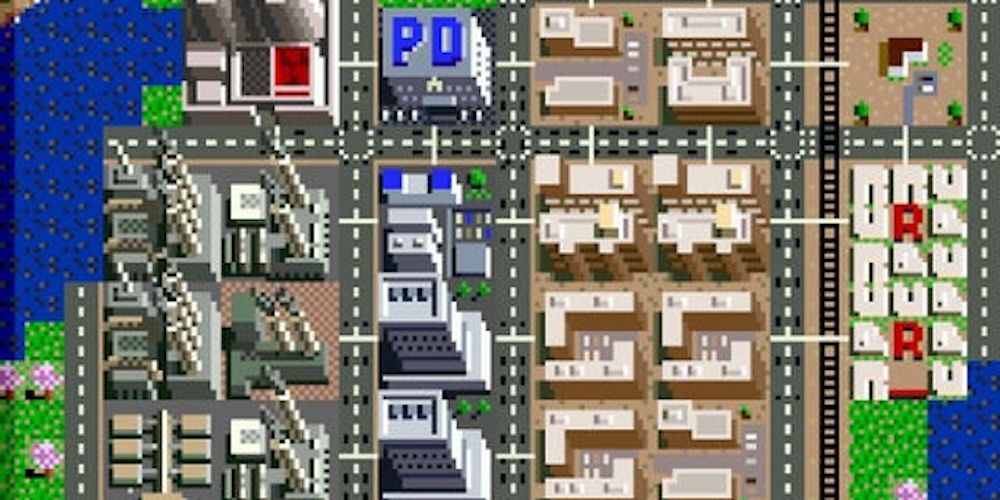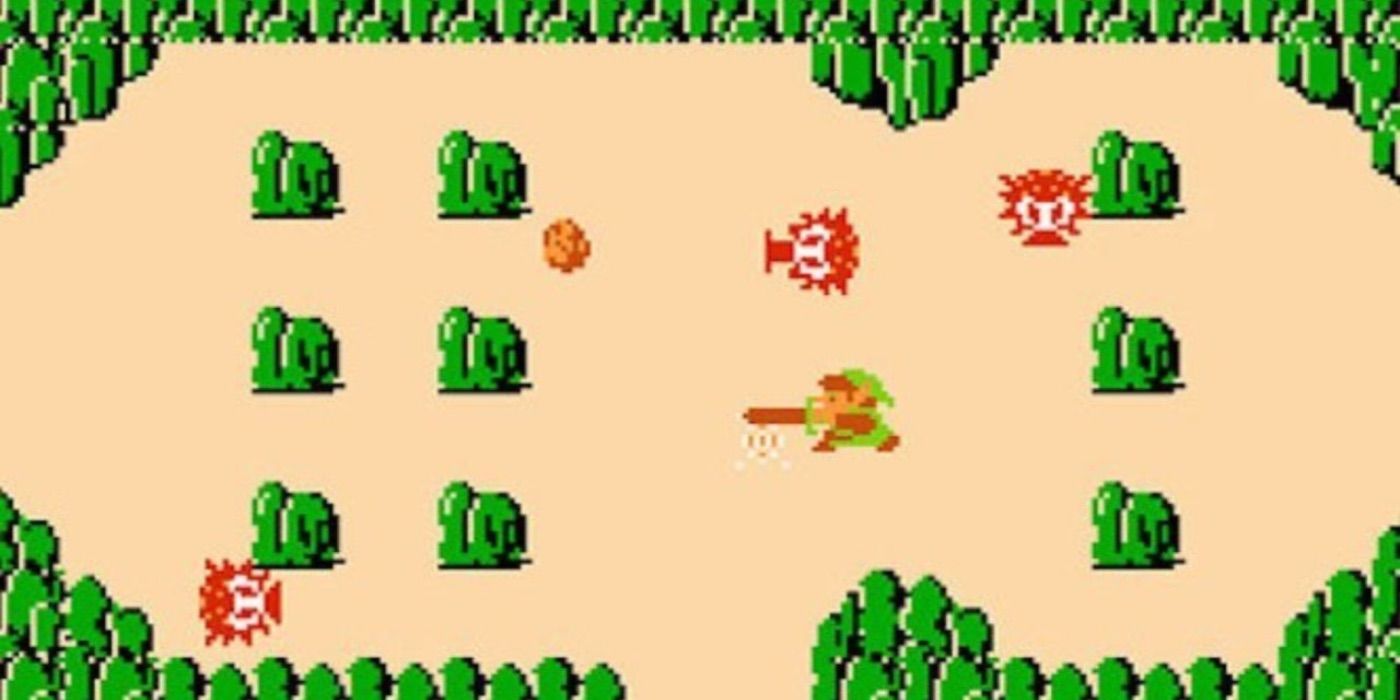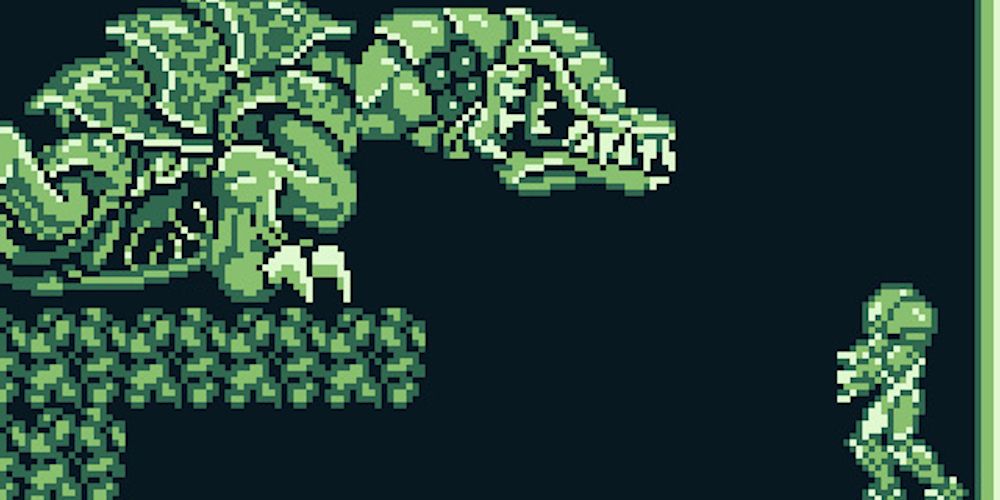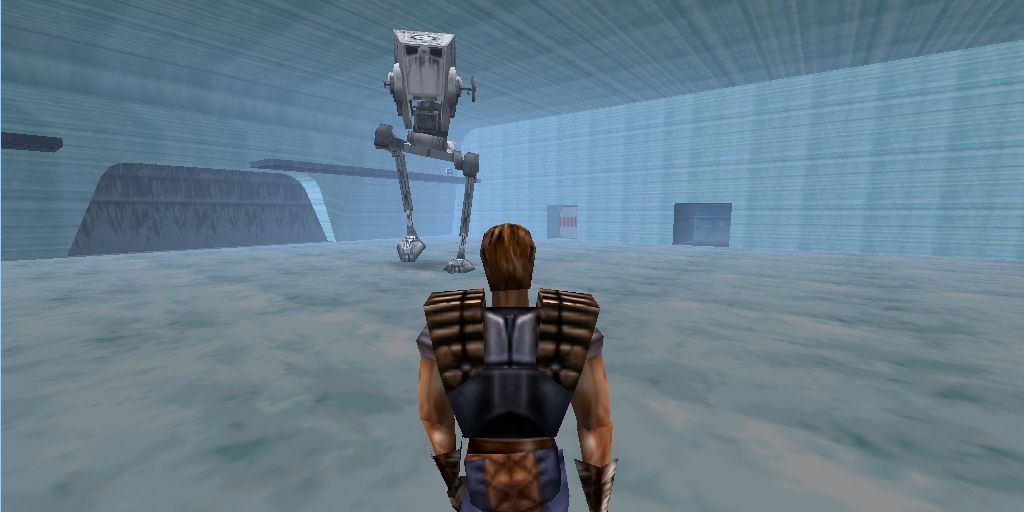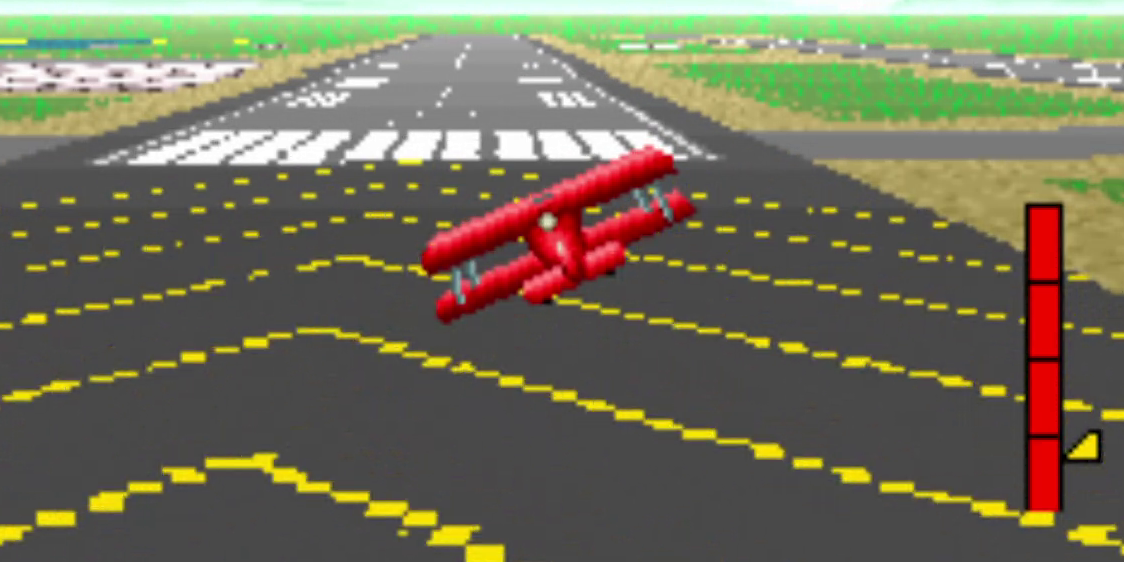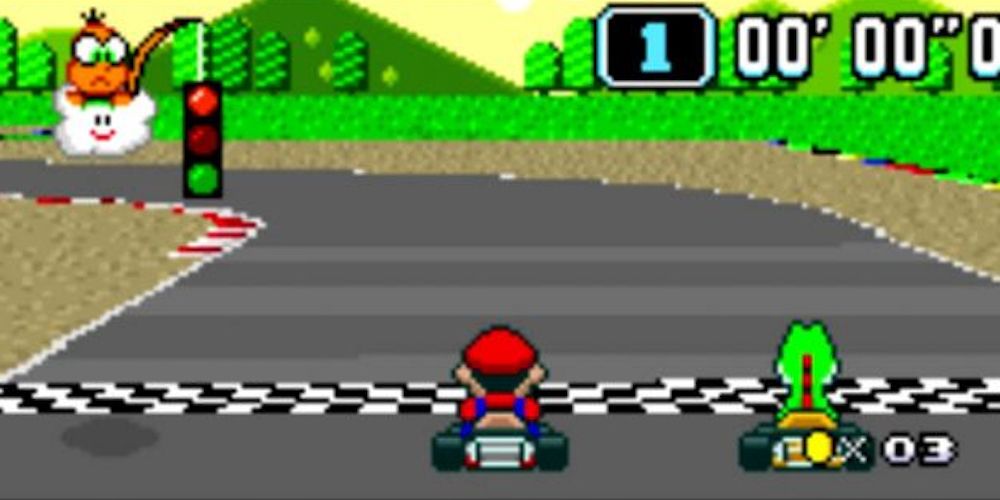What’s now possible in video games is truly remarkable, and there’s never been more creativity, freedom, and immersion present in the stories that the medium tells. There are some pivotal players in the gaming industry who have helped it grow into what it is today, and it’d be impossible to overlook Nintendo’s contributions over the years.
Nintendo continues to turn out new content as well as return to beloved intellectual properties, yet there’s a heavy amount of nostalgia that’s frequently applied to old Nintendo classics. Some of these retro Nintendo hits were groundbreaking at the time, or helped usher in new innovations, but are now an absolute slog to get through.
10 GoldenEye 007 Is A Product Of Its Time And Can’t Compete With Modern Shooters
It’s very easy to remember games that are decades old as polished classics when they haven’t been carried over to modern consoles and are left to live in the audience’s memories. GoldenEye 007 was a breakthrough release on the Nintendo 64 in terms of the first-person shooter genre, multiplayer mayhem, and even licensed movie tie-ins.
GoldenEye felt like a breath of fresh air in the 1990s, but the first-person shooter genre has evolved in such drastic ways that GoldenEye 007 doesn’t just feel archaic but also actively frustrating. The Nintendo 64’s control scheme for FPS games left a lot to be desired and took time to reach a comfortable place.
9 Star Fox Is A Technical Marvel That’s Still Working Out Its Kinks
Star Fox for the Super Nintendo deserves infinite respect for the sheer fact that it was playable in the first place. The SNES’ limited use of its powerful Super FX chip helped usher in some of the console’s most impressive games. Star Fox’s legacy as an inventive rail-shooter that’s expanded into a genre-mixing universe is something that Nintendo continues to explore.
Classics like Star Fox 64 would not be possible without the foundation that the original establishes, but it’s a very slow, clunky experience that often feels more like a tech demo. These concessions were acceptable at the time, but gaming has just become so much smoother.
8 Donkey Kong 64 Is The Worst Of Rare’s Collect-A-Thon Platformers
Rare’s relationship with Nintendo before the former’s acquisition by Microsoft produced some of the most celebrated platformers on Nintendo consoles. Rare’s Donkey Kong Country trilogy for the Super Nintendo remains a pillar of the industry, and they continued this trend with several much bigger platformers for the Nintendo 64.
Banjo-Kazooie and Banjo-Tooie are steps in the right direction, but the genre has regressed into laborious “collect-a-thons” by the time that they develop Donkey Kong 64. Donkey Kong 64 is proof that less can be more and the overly bloated game grows increasingly frustrating.
7 Mother Is Hard To Enjoy Because Of Its Unforgiving Encounter Rates
Shigesato Itoi is a legendary game developer, and the industry would be even better with more creators like him out there who take huge risks. The Mother series, known as EarthBound outside of Japan, is continually heralded as one of the most unique updates to the RPG genre.
EarthBound perfects the formula, and its Nintendo predecessor, Mother (or EarthBound Beginnings), is undeniably impressive. However, Mother suffers from many of the punishing idiosyncrasies of early RPGS. It’s hard to appreciate Mother since there are constant random encounters and an unreasonable amount of grinding that’s expected of the player.
6 SimCity Drags Its Feet And Is An Impaired Version Of A Classic Game
The growth of the simulation gaming genre is absolutely incredible, and the once-niche area has become a major market to focus on. There are now an endless variety of sim titles, but it’s the traditional SimCity that helped popularize the experience. Any early Nintendo games that were ports of PC titles were appealing on some level, but the SNES’ SimCity feels too lost in the past.
SimCity is still regarded as a classic, but the Super Nintendo version is painfully slow, has plenty of redundant features, limited city designs, and is still sluggish even after the implementation of codes. SimCity 2000 is an improvement.
5 The Original Legend Of Zelda Expects Too Much From The Player
The Legend of Zelda is a totemic franchise for Nintendo that’s practically on the same level as the Super Mario games. Zelda titles inundate every home and handheld console, plus they’ve increasingly become the epic launch titles that are expected to move new consoles. The evolution of The Legend of Zelda is extremely satisfying, which makes it easy to forget the obtuse and challenging nature of the original game in the series.
Without a formula to build upon, the first Zelda is extremely cryptic in its expectations of the player. The game’s original instruction manual, which came complete with a map, is practically required to navigate this huge world.
4 Metroid II: Return Of Samus Is A Repetitive Patience Tester
The moody Metroid series has made a name for itself due to its challenging design layouts. Metroid II: Return of Samus transitions over to the Game Boy, but loses a lot in the process. Metroid II is more linear than most Metroid games, and there's a heavy amount of repetition throughout the title, all of which becomes more egregious due to the Game Boy's limited color palette.
The original Metroid for the Nintendo Entertainment System also receives its share of criticism due to its labyrinthine level design and lack of guidance, but audiences are more forgiving of these elements than they are of the Game Boy sequel.
3 Even The Force Can’t Save The Egregious Controls In Star Wars: Shadows Of The Empire
There is a rich shared history between Star Wars and video games. The medium helped keep interest in the sci-fi property alive when constant movies and television series set in its universe weren’t the norm. Many of these Star Wars games still hold up today, but this is not the case in Star Wars: Shadows of the Empire, a launch title for the Nintendo 64.
There’s a lot of appeal in a Star Wars action-adventure game that follows a new character, but the N64 wasn’t yet ready to handle this. The controls in Shadows of the Empire are terribly unintuitive, and gameplay frustrations frequently arise.
2 PilotWings Doesn’t Bring Enough To The Table
Video games have become such sprawling packages that it’s easy to forget that a playable proof of concept could frequently be enough to satisfy audiences in the 1990s. PilotWings hasn’t been Nintendo’s most popular series, but it’s still received numerous entries that take advantage of their respective console’s hardware capabilities.
The original PilotWings for the Super Nintendo is the most simplistic of the games. There’s not much of a narrative to speak of, and the novelty of controlling various forms of aerial transportation is supposed to suffice. There’s very little to cling onto in this game.
1 Super Mario Kart Spins Its Wheels With Its First Entry
A lot of people consider Super Mario Kart to be one of the best games on the Super Nintendo. It’s a pivotal entry in the racing genre, but its limitations are too substantial to overlook by modern standards. Other SNES racers, like F-Zero, are also much smoother to play.
Super Mario Kart isn’t technically a bad game, especially when viewed in the vacuum of the 1990s. There’s now just no need to return to this slow version when there are so many superior successors that exist. Mario Kart 64 is still a product of its time in some ways, but it’s infinitely more replayable than Super Mario Kart.

